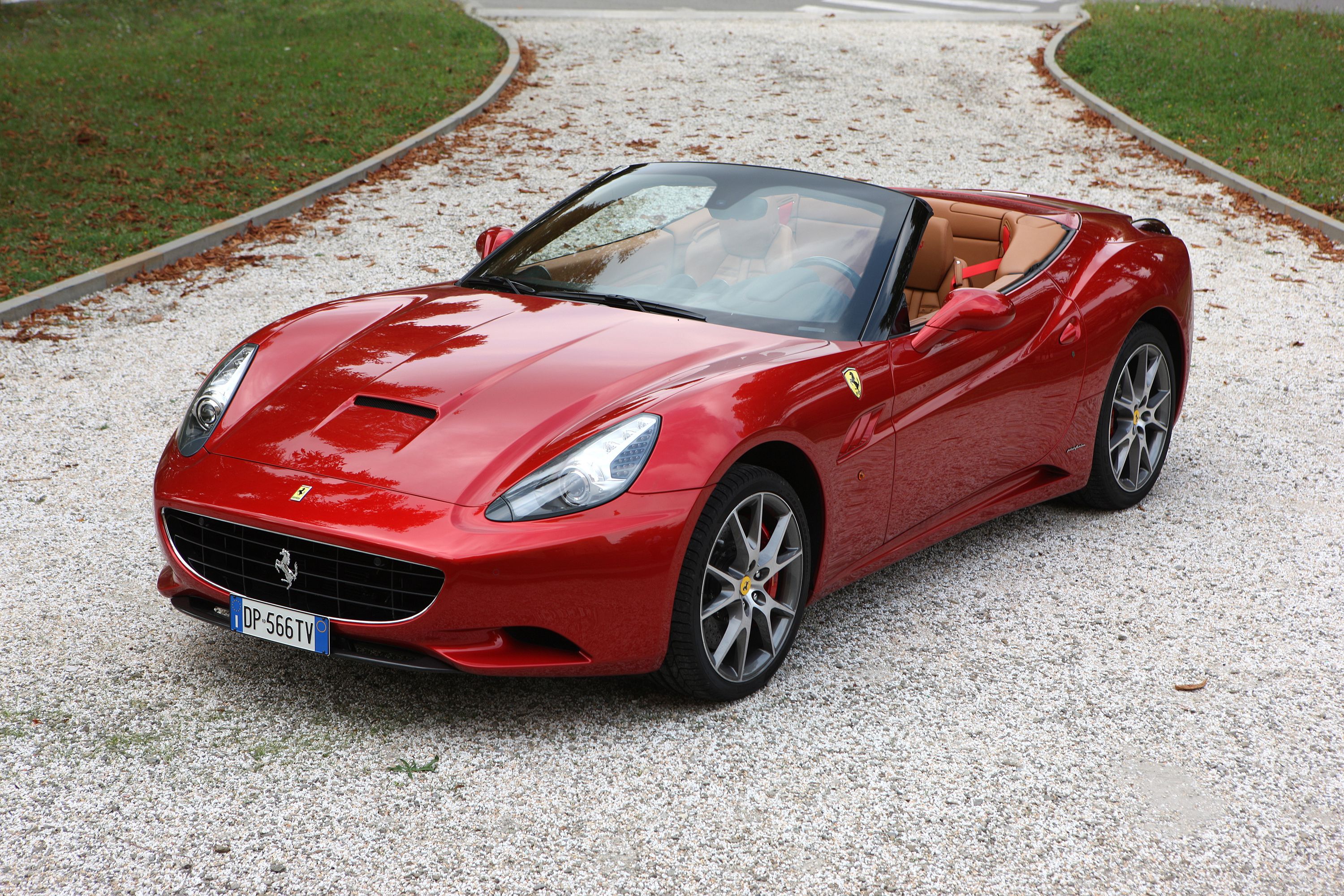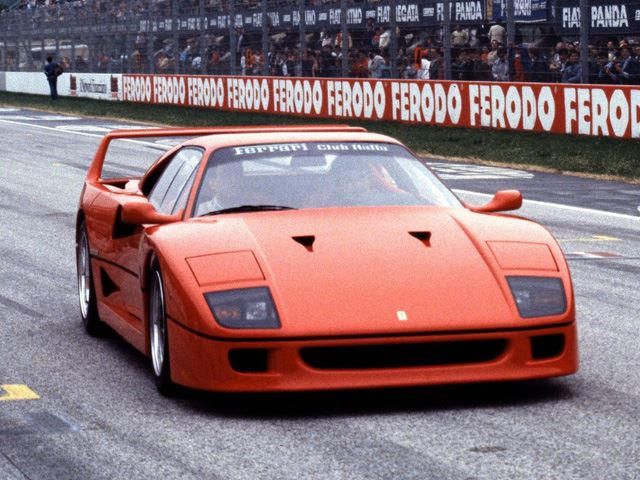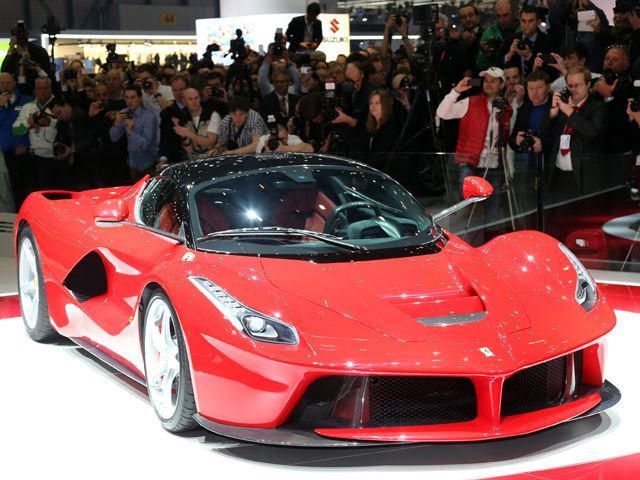
The last Ferrari Enzo Ferrari personally signed off on was the F40, a supercar so perfect that kids the world over - car lovers and otherwise - plastered posters of it on their bedroom walls; they too recognized its brilliance. I was one of them, but even as my nine-year-old self wasn't fully aware of details like turbocharging versus naturally aspirated, the F40 still remained an object of desire. That could partly be blamed due to my parents' mundane Ford Taurus and Olds Cutlass Cruiser. Oh, the eighties...
Now that Ferrari has revealed the first model of its new turbocharging era, the California T, many are already claiming that only naturally aspirated engines belong in Ferraris. Screw the turbos. But in case anyone has forgotten, the F40 was powered by a twin-turbocharged V8. And that car just totally sucked. Sarcasm aside, if there is any single automaker out there who can properly pave the way forward in turbocharging technology, it is Ferrari. Ford, for example, has its lineup of EcoBoost engines, but they still have a case of turbo lag here and there. Ferrari, by contrast, has promised zero turbo lag. And we should believe it on this one. Why?
Because Ferrari has the most to lose. Mainstream automakers can get away with saying something like "Oh, yeah, turbo lag. We've made big strides in eliminating that, but there'll always be some. Just can't help it. Sorry." Ferrari will have none of that. "Bullshit" is still translated as "bullshit" in Italian. It has that Prancing Horse standard to meet, and it's already proven how hybrid technology can be used to create the greatest hypercar on the market today: the LaFerrari. We should trust Ferrari to get turbocharging right, and watch how it'll set a new standard the rest of the auto industry will be forced to follow. It's only old man Enzo's legacy we're talking about here.


